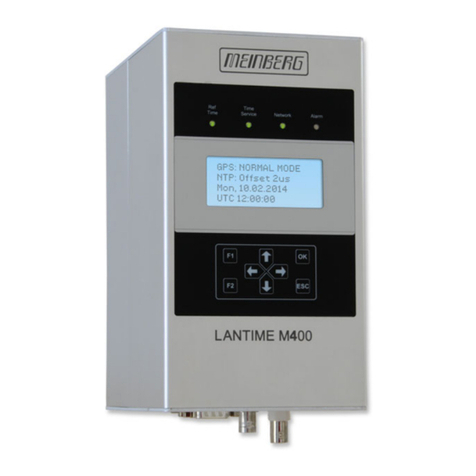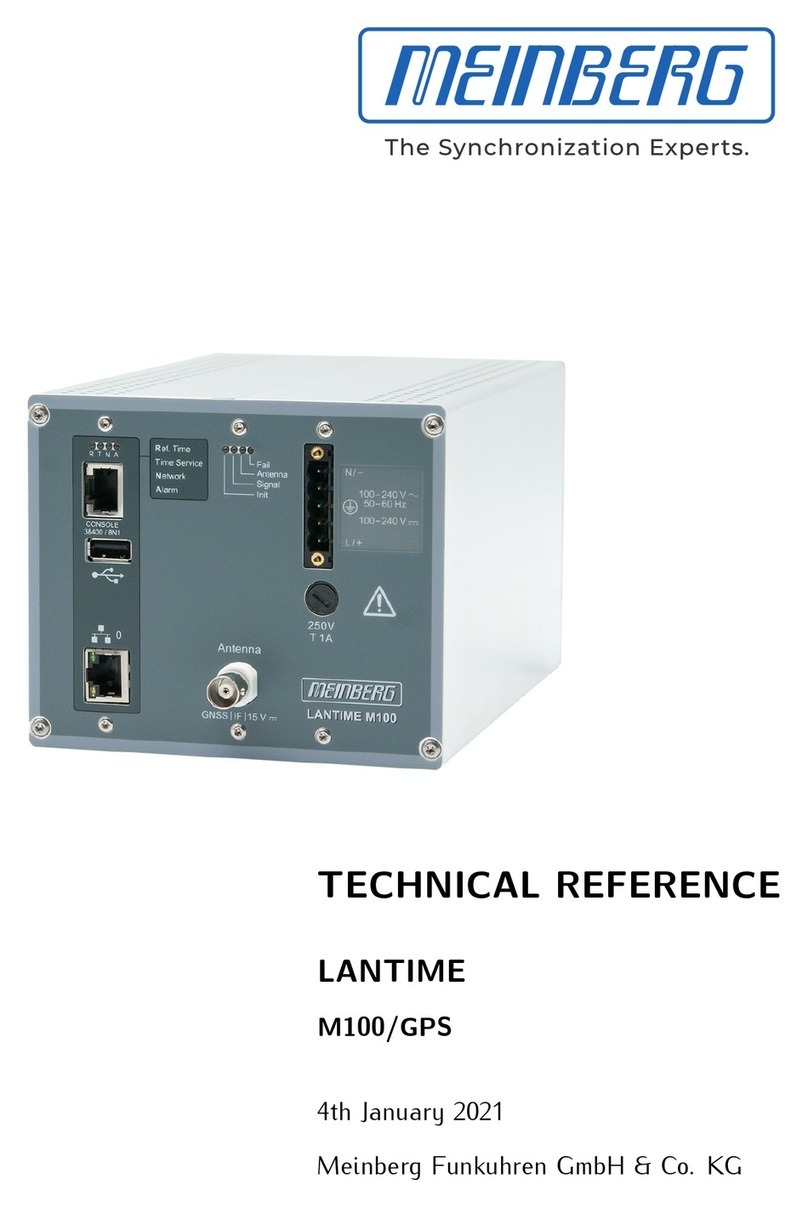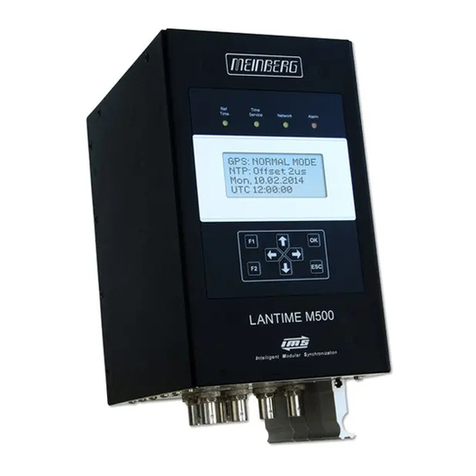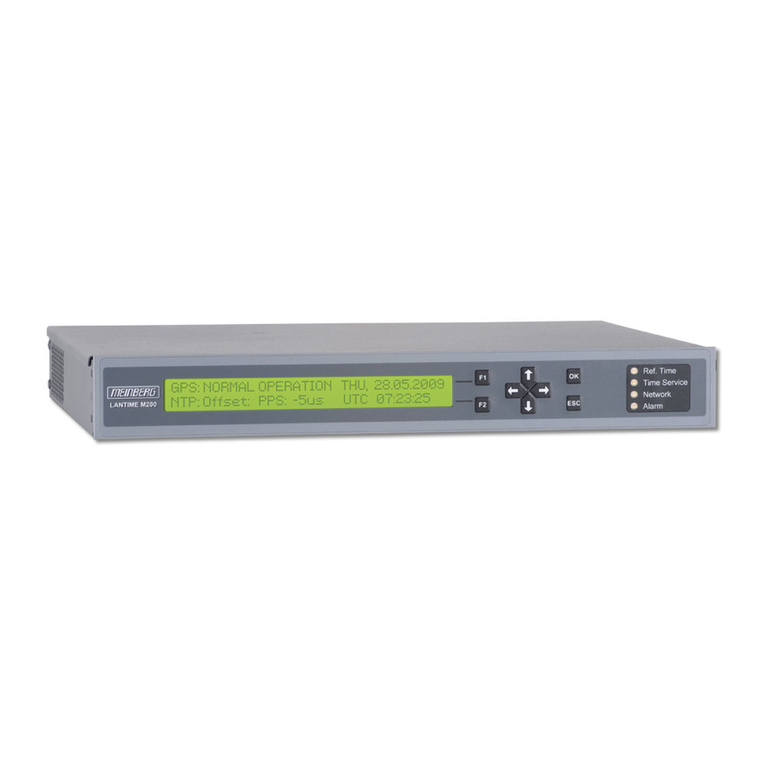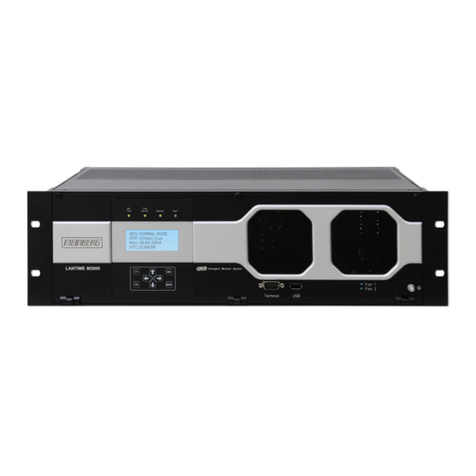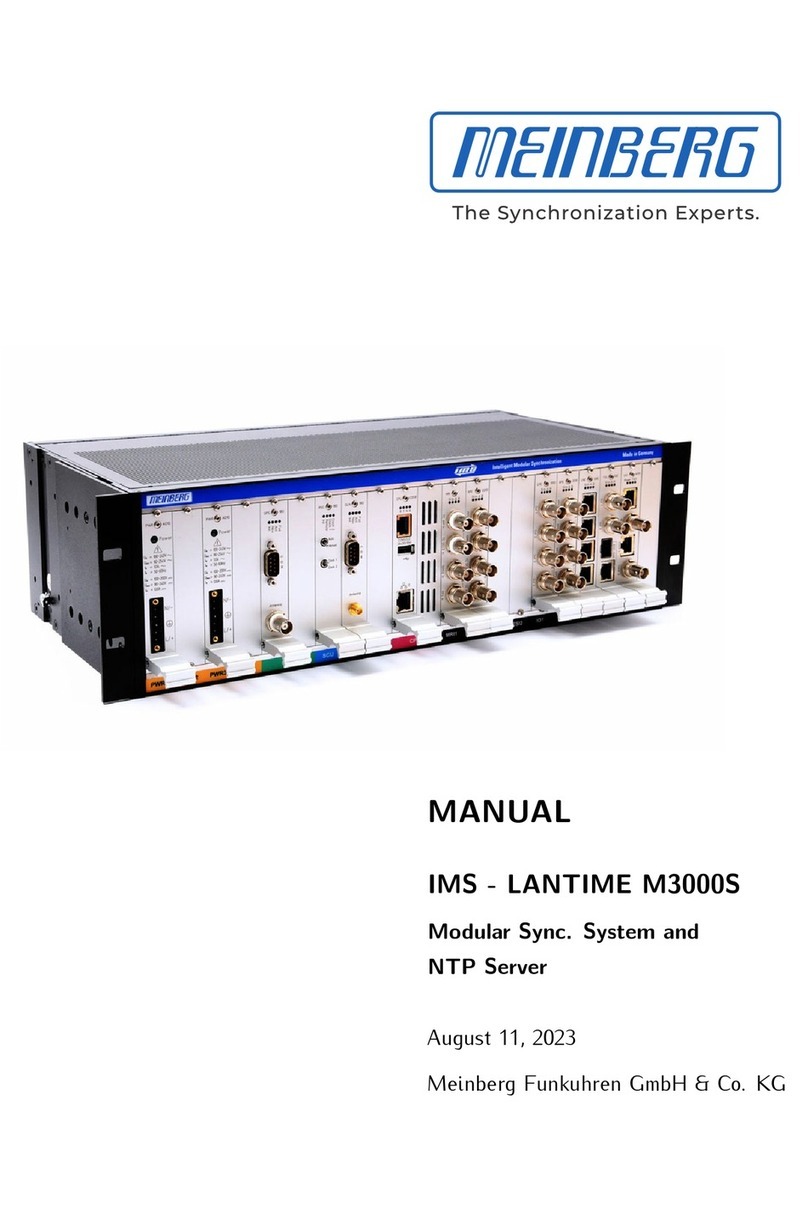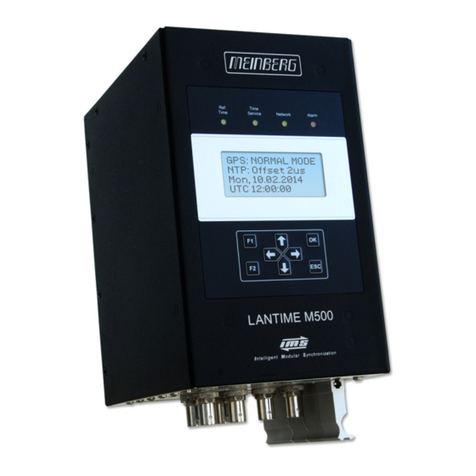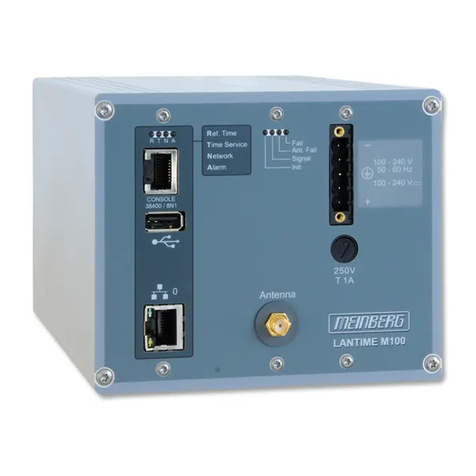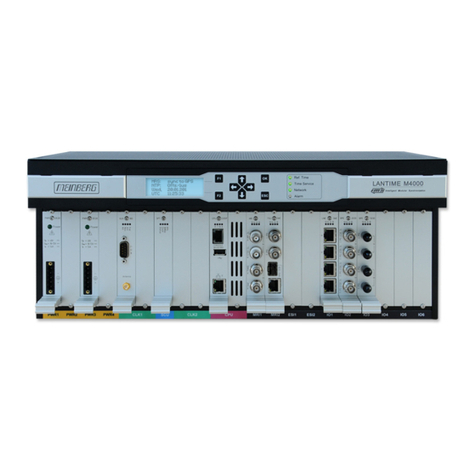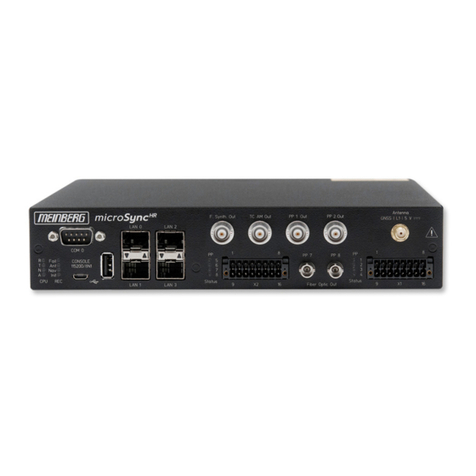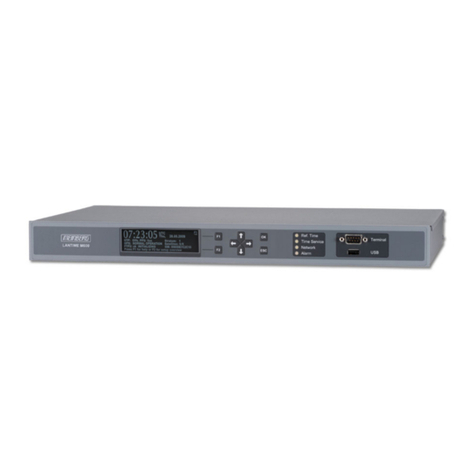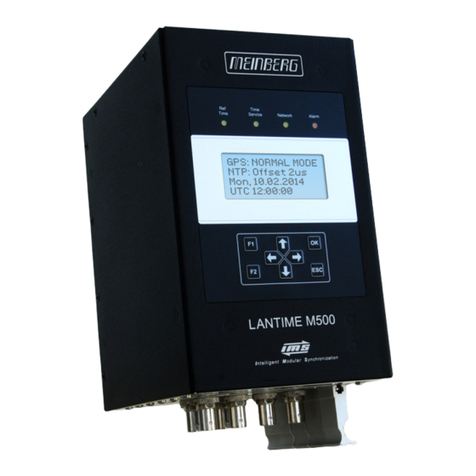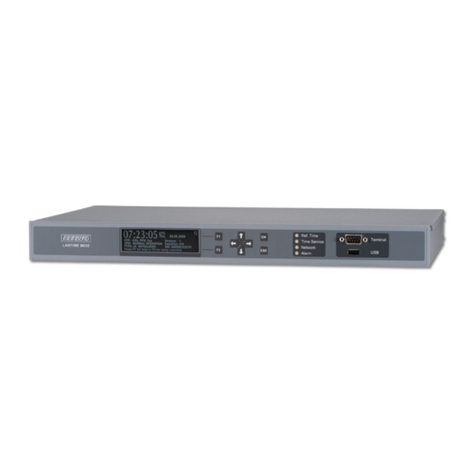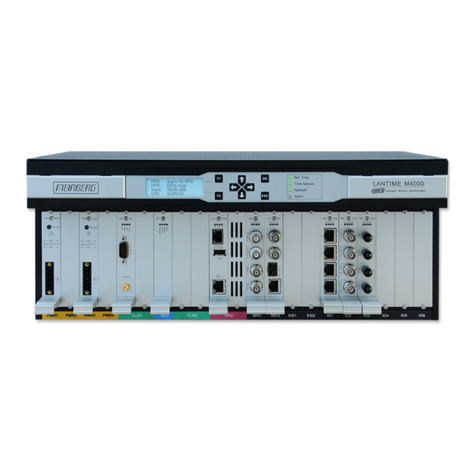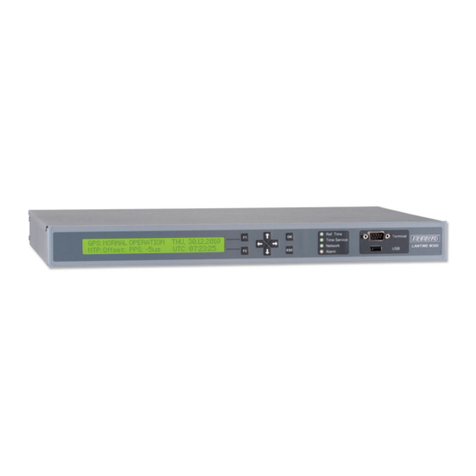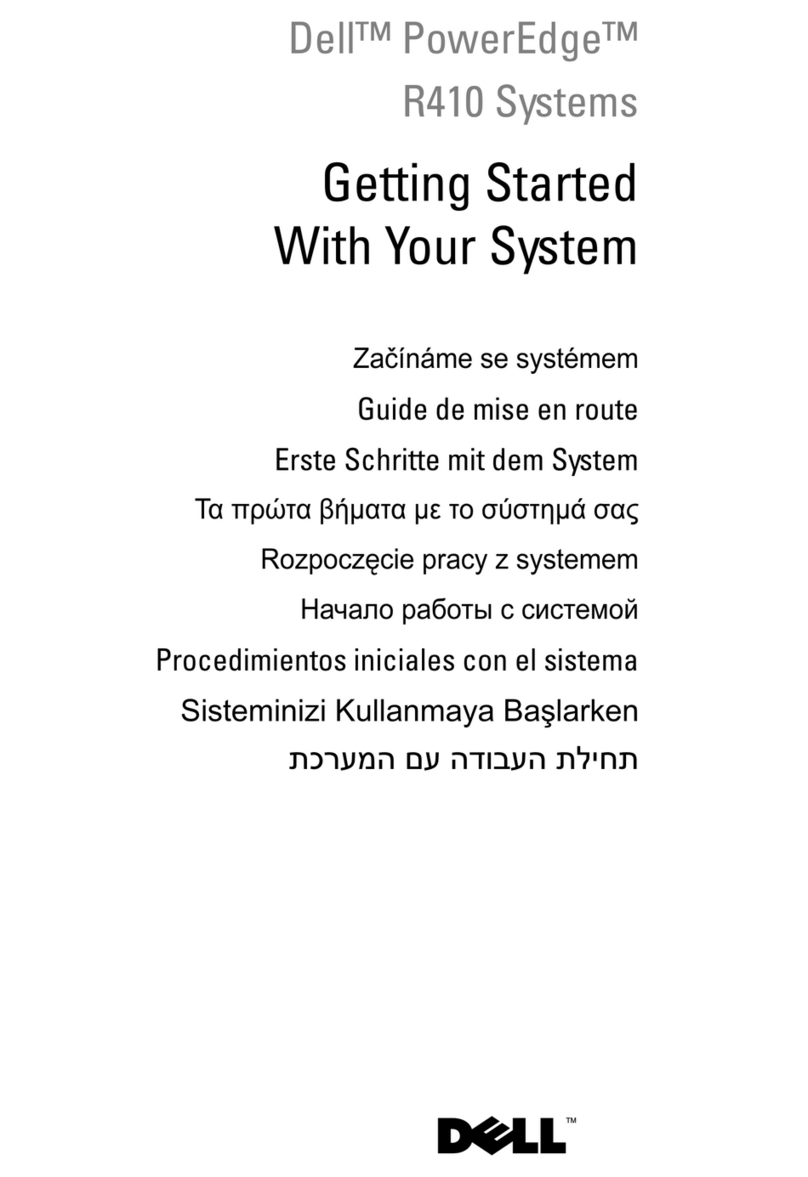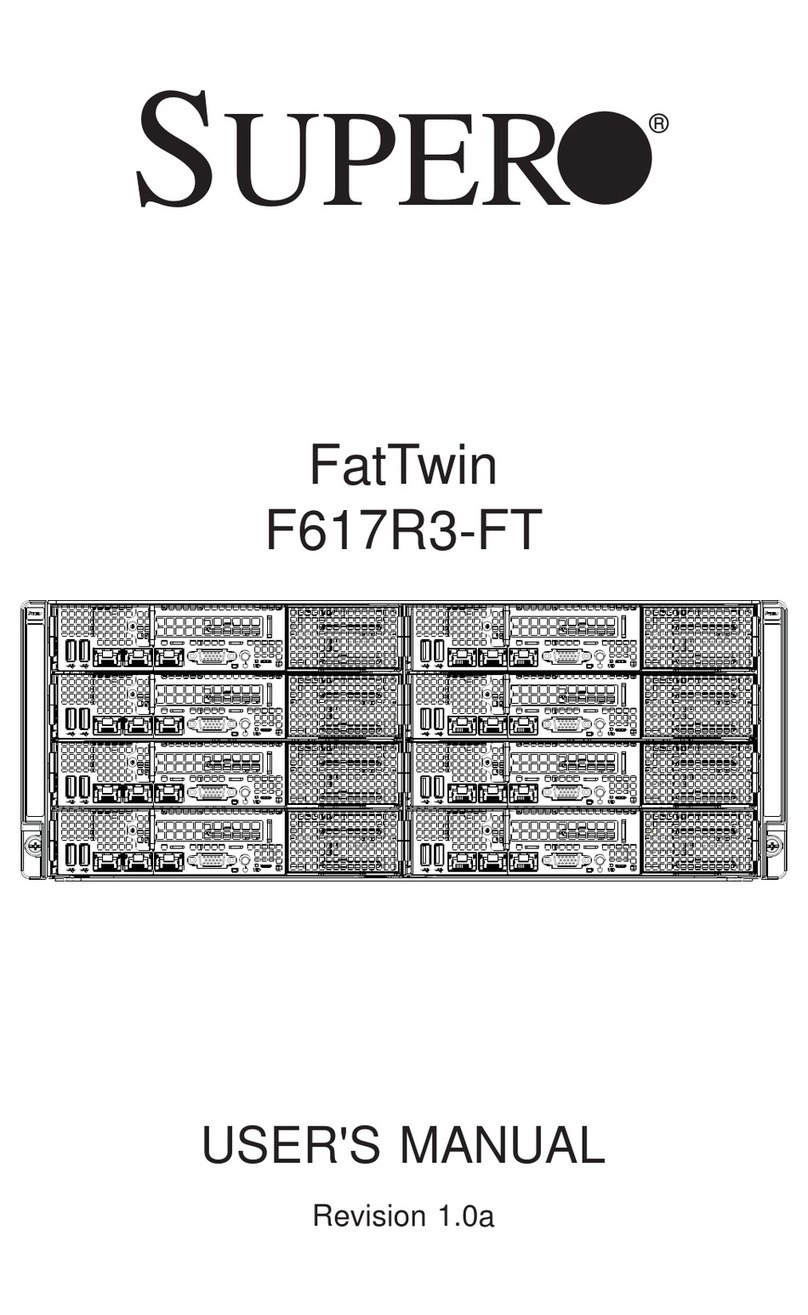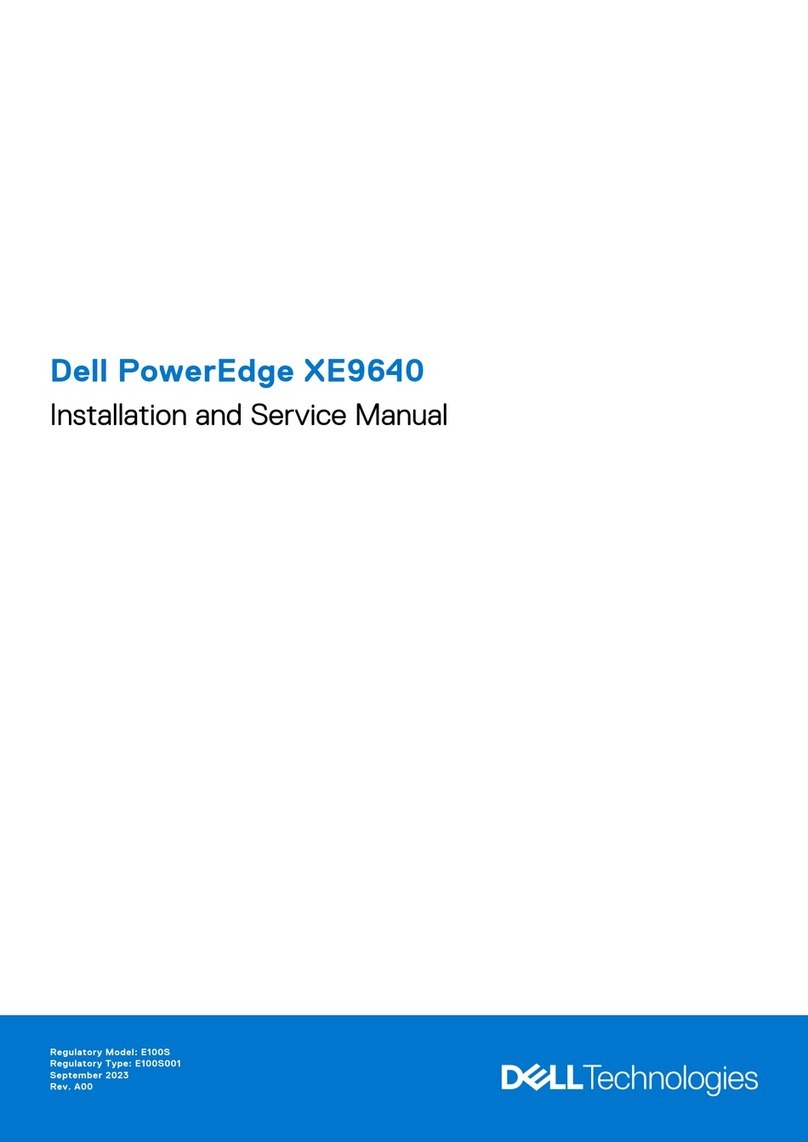Description
The LANTIME M400 is available with a GPS, PZF(DCF77), MSF and WWVB receiver as well as an IRIG timecode
reader and can be customized with a lot of different options to deliver exactly the feature set that is required for a certain
application/environment.
The ultra compact form factor enables this product to become the ideal time and frequency source in installations where
every millimeter counts. It is available in two different sizes: the standard M400 chassis (105x189x146mm) with one
option slot and the XL version (105x189x166mm) that offers an additional slot to provide even more outputs and
interfaces. With up to 5 (M400) and up to 9 (nine!) Ethernet ports, this NTP appliance offers the world's highest port
densitiy.
The GNU/Linux operating system of the LANTIMEs SBC (Single Board Computer) has been optimized to ensure a high
level of security and reliability.
As with most LANTIME M-Series models, a large LC-Display showing the state of the internal GPS receiver and the
NTP/PTP subsystem is combined with three bicolor LEDs (green/red) that indicate the status of the three main
components: Reference Time (GPS), Time Synchronization Service (NTP/PTP) and Network (Link status). A fourth red
LED is labelled ALARM and can be configured to signal any event that is covered by the notification handling routines.
In order to configure the system, an extensive but straightforward html interface can be accessed with any HTML
compatible browser. A text based and menu driven setup utility can alternatively be started from the shell prompt logging
in to the unit via a serial console port, Telnet or SSH.
The security-related features of LANTIME time servers satisfy highest demands. The time synchronization data can be
reliably signed and secured by symmetric keys (MD5) and the NTP autokey procedures. This protects the clients
against manipulated time and man-in-the-middle attacks and allows them to verify that the NTP packets they received
were send by the LANTIME. Additionally the whole LANTIME configuration can be done by using encrypted channels
(e.g. SSH, HTTPS or SNMPv3). Every unused/unneeded protocol can be disabled in order to reduce possible points of
attack.
Integrating LANTIME time servers into an existing network management system is easy, due to the extensive SNMP
interface, supporting SNMP versions V1, V2.c and V3. Besides the monitoring of all relevant system parameters
(including operating system parameters, network interface statistics), it offers read-only access to detailed GPS and
NTP status information and can be set up to allow to authenticated systems read-write access to the complete system
configuration. In order to allow automatic/scripted recovery and control, a number of system functions are available via
SNMP, too (e.g. rebooting the system).
LANTIME time servers are designed to be deployed in IPv6 networks, the NTP time synchronization as well as the
configuration interfaces (Web-based, SSH and SNMP) comes with IPv6 support. You can assign several IPv6
addresses and the system supports automatic configuration by IPv6 autoconf.
The LANTIME M400 GPS is equipped with a high precision oscillator "TCXO" (look at oscillator options for details). The
oscillator determines the holdover characteristics (e.g. when a reference source signal like GPS is disturbed or jammed).
For applications with higher stability/holdover requirements there are several oscillator options available (up to "OCXO
HQ").
Because of its modular system architecture it is possible to equip a LANTIME M400 time server with a number of
different reference time sources. Optionally several additional frequency-, serial string- and pulse outputs are available
as well as power supplies for additional input voltage ranges.
In addition to the standard electrical interfaces a lot of output signals can be delivered on optical ports, too.
rev 2013.0704.1631 lantime-m400-gpsPage 2/5


